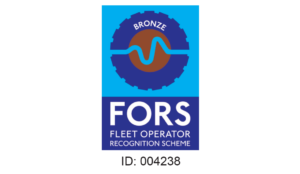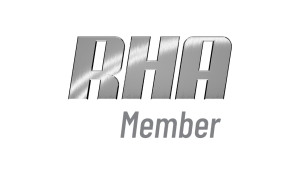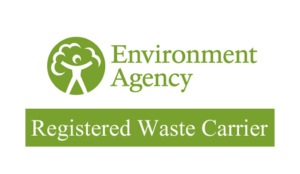Clean Air Zones (CAZs) – they seem to be cropping up in proposals all over the country. CAZs are areas where action is being taken to improve air quality and lower congestion, making for more sustainable logistics. Designed for cities or certain areas with high levels of urbanisation, Clean Air Zones are attempting to tackle all sources of air pollution, specifically nitrogen dioxide, whilst also reducing public exposure to unclean air.
The Government proposed CAZs as areas that aim to “improve the urban environment to support public health and the local economy, making cities more attractive places to live, work, do business and spend leisure time. They support cities to grow and transition to a low emission economy thus ensuring these benefits are sustainable for the long term”, as discussed in Motoring Research.
CAZs propose that HGVs are the leading cause of the nitrogen oxides (NOx) that pollute our cities and therefore are faced with charges of up to £100 a day just to enter the area. On the contrary, in fact, HGVs account for only 18% of local road traffic NOx emissions nationally.
HGVs play an essential role in the economy – irreplaceable in some respects. The largest truck can carry the load of 20 vans. If some areas replaced trucks with vans as several local authorities are proposing in an effort to reduce emissions, they will end up increasing the number of vehicles on the road, along with their congestion and emissions. This would result in a total contradiction to their original aim.
Clean Air Zones also run the risk of displacing traffic to the surrounding residential areas as many drivers will undoubtedly drive around the zone in order to avoid paying charges and penalties. This will lead to increased pollution and exacerbate existing problems with congestion outside the CAZs.
SMEs will suffer when it comes to these daily charges as many will not have the expenses to upgrade their fleets to cleaner vehicles – a typical 18 tonne truck can cost over £40k; even seasoned hauliers cannot afford to make these replacements over a period of months as many local authorities are proposing.
The proposed daily charges on top of fleet upgrade costs will undoubtedly result in a tax on haulage as well as a tax on business, leading to higher prices for everyone. This could potentially see the decline of high street businesses and other small business owners closing down because they cannot afford to shoulder the increase in costs that hauliers will have to charge to keep business profitable.
Although Clean Air Zones as they are, may not be the most effective way of combating the environmental problems emissions cause, there are things we can do to improve them as well as other measures we can take to prevent the situation from getting any worse.
One suggested improvement, there should be more of a restriction on the placement of CAZs. Given their disruptive effects on local businesses and people, as well as limited benefits, they should only be used where absolutely necessary – places where NOx levels are extremely high or at risk of getting higher.
Local authorities should also look into smarter uses of their roads. For example, giving hauliers the flexibility to deliver at night would result in HGVs being removed from many congested urban roads during peak business hours. By allowing HGVs to use bus lanes outside of commuting hours, drivers would be able to operate as efficiently as possible and avoid sitting in congestion. A lorry stuck in traffic, can sometimes consume up to three times the normal amount of fuel they would use travelling at a constant speed. In addition, the Government needs to provide local authorities with sufficient guidance and resources to identify congestion hotspots and improve traffic management. This could reduce emissions and minimise the need to charge any road users, including HGVs.
These are only a few suggested changes but there are others that should be considered. The British Vehicle Rental & Leasing Association (BVRLA), Freight Transport Association (FTA), Road Haulage Association (RHA) and National Franchised Dealers Association (NFDA) have come together to create a handy guide to CAZs, including several other suggestions for CAZ modification. You can find it here.
We hope that some of these suggestions will be implemented in the near future so we can start to make a real change to our emission levels without dramatically affecting businesses.
What are your thoughts? Tweet us and let us know!






